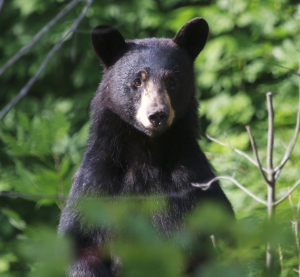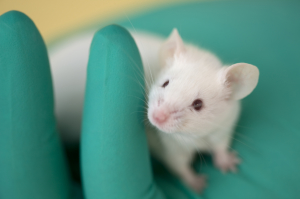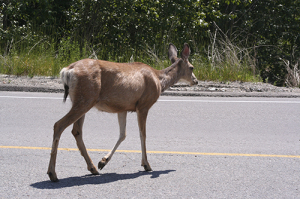 Animal Policy
Animal Policy  No Comments
No Comments If you can’t debate the experts, silence ’em!
What is an anti-hunting animal activist to do when educated, hands-on experts wearing *gasp* uniforms come out in opposition to their upcoming anti-hunting referendum?
Why, they run to the courts and try to silence the experts, of course! In Maine, the HSUS-supported coalition group, Mainers for Fair Bear Hunting filed an injunction that would order the Maine Department of Inland Fisheries and Wildlife (IFW) to butt out of the discussion before the election — despite their background and expertise on such issues, despite the fact that being involved in such issues is kind of their job. If the injunction succeeded, there could be no opinions on Maine Question 1 on the IFW website, no campaigning or participation in television ads. No voice for the trained experts on one of the very issues they are supposed to be involved in.
It may sound ridiculous, but when you’ve poured more than million dollars into the state trying to push your referendum, winning at any cost probably becomes second nature. Fortunately for the sake of common sense and freedom of speech, Superior Court Justice Joyce Wheeler did not support the injunction:
“Restricting speech on contested public issues is directly contrary to the public interest, which favors a robust and dynamic public discourse,” Wheeler said in her 15-page decision. “It is [for] the voters, not the plaintiffs or the courts, to assess the relative merits of conflicting speech.
[…]
Wheeler said that DIF&W is “mandated to ‘encourage the wise use of [wildlife] resources.’ Thus, DIF&W is statutorily required ‘to attempt to persuade’ the public to make wise use of these resources, or to make wise use ‘more appealing or more likely to happen.’”
Regardless of how you may feel about this particular referendum or even hunting in general, attempting to silence those who disagree with your viewpoint before an election is pretty low down behavior. And in this case, given the IFW’s background and expertise, it belies a fear of honest debate — something you should never be afraid of if you are running a campaign based on substance, facts, and the public’s best interest.


